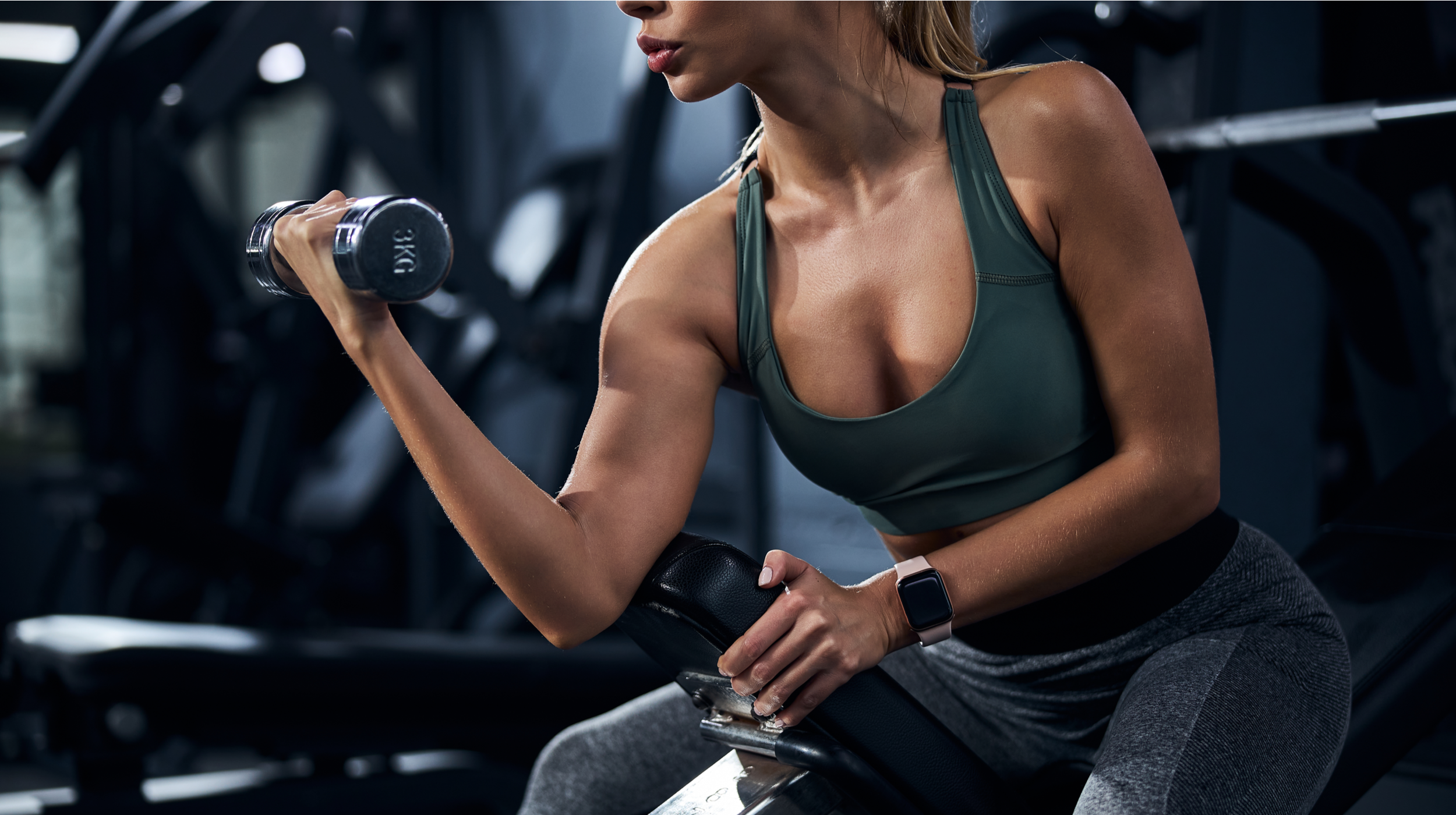How to Get Started Lifting Weights if You Don’t Know What You are Doing
Jun 8, 2021 mindpumpIf you are new to the gym you don’t have to jump right into heavy weights. In fact, you have several options before even stepping foot in the gym.
For Those Too Intimidated To Enter The Gym
If you are super intimidated in getting into a gym or want to ease your way in, I recommend focusing just on bodyweight or bands. This can be done in the comfort of your own home or at a park. The beauty of starting with your body weight is awareness. Far too often I see beginner lifters immediately jumping to heavy weights without working on form. By sticking with bodyweight, it should still provide a novel stimulus for growth early on, but more importantly it allows you to focus on keeping immaculate form. Be sure to check out our MAPS Anywhere program or free videos on our YouTube channel for help on how to do exercises.
For Those Don’t Like Guessing
If you can get to the gym, but don’t want to spend time figuring out what works, and how to use everything in relation to your goals, be sure to hire a competent trainer who can guide you through the starting process. Having a trainer can be great for making sure you maintain proper form, and making sense of the rules, and layout of the gym.
For Those Who Want to Learn the Process
If you’ve been a fan of Mind Pump for a while it’ll come as no surprise that what I ULTIMATELY recommend is learning to have your own sound programming catered to YOUR goals. It’s great if you can hire a trainer to do that, but I also realize not all of us can afford that.
For those caught up in reading training program after program online, and getting overwhelmed as to what to choose, I recommend finding a straight forward program like MAPS Anabolic. I don’t mean that just as a pitch for Mind Pump’s own programming. It hits all the tenets of a good program.
There is no doubt you’ve seen body split programs, powerlifting programs, and much more. To make it more digestible, I’m going to make it easy for you and explain how you know what qualifies the best workout for you.
A good BEGINNER program should:
Be a Full Body Workout – A beginner just starting out, doesn’t need body part splits. That’s incredibly excessive. Muscle growth occurs for beginners with 8-10 total weekly sets per muscle group. The research has also shown, those 8-10 sets provide better results when spread over 2-3 days vs doing it all in one day (more on that later).
Be 2-3 days a week – A beginner new to lifting doesn’t need to be in the gym 4+ days. It’s a brand new stimulus which means their body will respond really well to a little amount. This frequency allows you to maximize the muscle building signal throughout the week. Research shows the muscle building signal created after a workout goes down after 48-72 hours. Which means the ideal way to keep that signal elevated for each muscle would be to restimulate that signal every other day. This is why 2-3 days, AND a full body is ideal. You get the optimal stimulus frequency.
Make Sure You Are Progressing – Progression can come in 2 forms. You are either doing 5lbs more than the week before, or 1 more rep than the week before. Just make sure you are doing at least one. Sometimes both will occur, especially as a beginner. If nothing changes, then your body will not change. It needs to progressively get heavier over time in order for more muscle to be created to combat that stimulus.
Stay 2-3 Reps Shy of Failure – This is a big one that a lot of people don’t know about. Even veteran lifters. We’ve been trained to think to go balls to the wall every single session. Nothing left in the tank. That simply isn’t true. By doing your sets 2-3 reps shy of failure you reduce the risk of overworking your central nervous system. If you spend every single workout maxing out your lifts, you will burn out quickly. Research shows as long as you are around 80-85% intensity on your reps you will promote just as much muscle growth, if not more than trying to max out and not recovering enough.
Make Sure to Deload – As you build up in reps or weight, you’ll eventually hit a point where your progress plateau’s. This means your ability to recover is decreased in relation to the amount of volume you are doing. It usually takes about 4-6 weeks. After that, take 1 week of a deload which involves doing 50% of everything (weight used, sets, and reps). It’s enough to get a light signal, but not tax the body. Then start a new training block using weights you might have used in week 2 of your previous cycle and start the process over.
Try these tips out for at least one training block, ideally two. If you find you just want the plan already written out for you, check out MAPS Anabolic. It’s a great program for beginners that puts all these rules into play and has the exact exercises, sets, and reps you need, with videos and guidance to tell you everything you need to know along the way. No more guessing!







